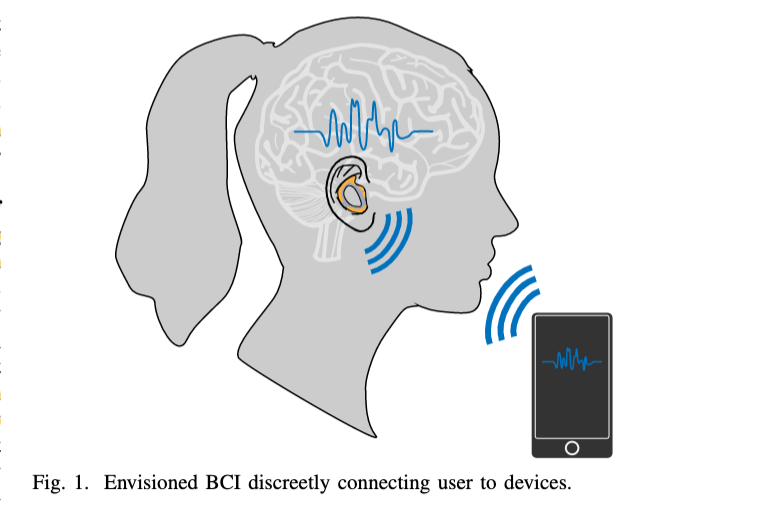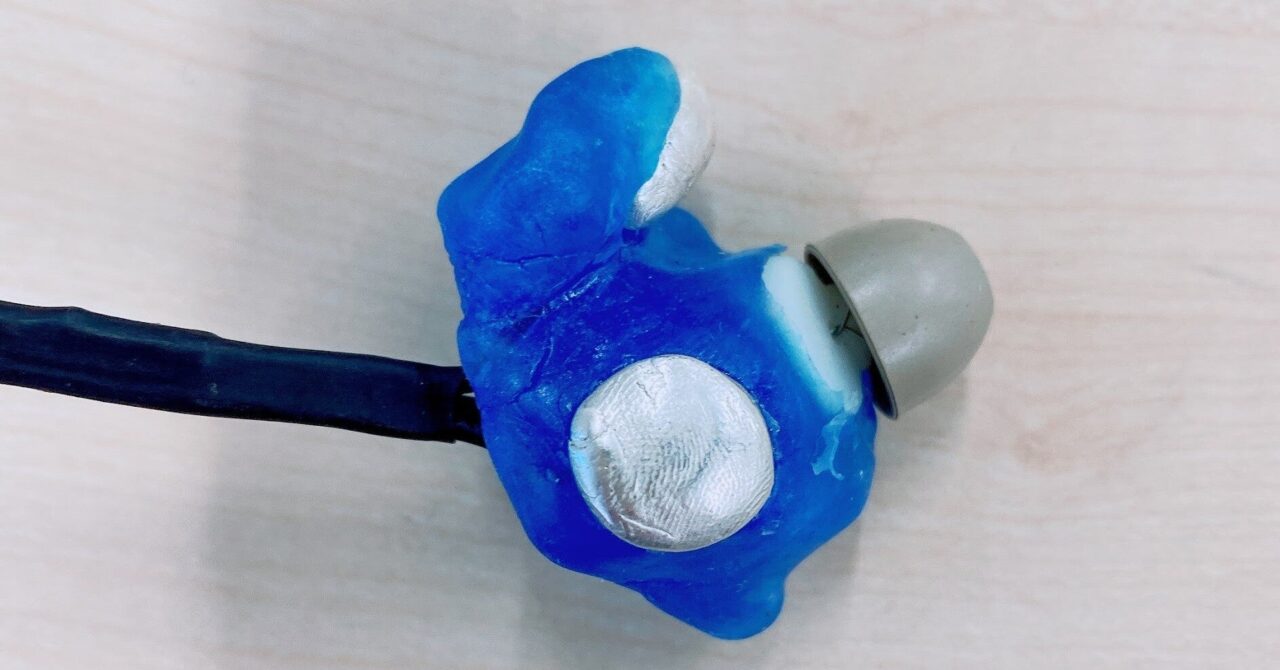- Introduction.
- Idea
- Declaration of Retreat
- Where do I start?
- The Curse of OpenBCI and its Conversion to Polymate
- What about analog electronic circuits?
- First successful experiment!
- UC Berkeley’s Accelerator Adopted by SkyDeck
- The density of the ecosystem surrounding startups is different.
- Petit-pivot of services to custom earbuds
- Reunited with Dmm.make Akiba
- Meeting with Iain
- Competitor: Get to know NextSense, Inc.
- Market and competitive situation and future
- Next service after the pivot: Clearly
Introduction.
We have decided to temporarily terminate the development of an earphone-type EEG device that automatically improves the quality of sleep, which we had been working on for about a year and a half. We have not given up completely, but will enter the market again at the right time, while waiting for technological innovation, especially around electrodes.
We would like to describe the twists and turns from the conception to the close of the project, and also to summarize and publish the hardware design that may be necessary to easily measure brain waves using dry electrodes from the ear, so that future developers can take a shortcut. Please refer to the link below if you are interested in EEG-related development.
Idea
I believe it was around April 2021.
I sold “Merp”, a web-based medical interview service for medical institutions, in March 2020, exactly one year or so later, and was in the process of growing it. Being a bit bored, I vaguely wondered what would be good as the next 0→1, and from about March 2021, I envisioned the launch of “Ishiyaku,” a drug comparison application for physicians, as a new JMDC business, and spent most of the day creating drug data.
However, I was confident that this service would be a success based on my preliminary needs assessment, and all that was left was to develop and release it, so I began to wonder if I could create another 0 → 1.
Actually, before Merp, when I was a student, I developed an IoT service to prevent people from forgetting to take their medication, but at that time I had no business knowledge at all and was unable to create a product-out service that met their needs. But in the end, the company closed its doors. I realized the cost of hardware development and the difficulty of business.
After launching software with MERP and ISHIYAKU, I began to feel that I wanted to challenge myself again, this time not in software but in an area that was a bit more difficult to develop, and I began to think that it might be possible to try again in hardware, which had not worked out so well before.
As for areas, rockets, holograms, and brain science have come to mind, but rockets are a massive development and Elon Musk is already moving further and further ahead with SpaceX. As for holograms, GAFA, especially Microsoft and FB, are investing huge amounts of money to develop them. On the other hand, I have always been interested in brain science because I was part of a lab that studied the developmental mechanisms of the cerebral cortex during my first and fourth years of medical school, and I felt that I could make use of my medical background. So, by a process of elimination and in light of my strengths, I narrowed down my field of study to something in brain science.
While researching articles on PubMed using the keyword EEG, the following paper published by a UC Berkeley professor in April 2020 caught my attention.

As shown in the figure below, this paper is an earphone-type EEG device that measures brain waves only through the ear, and visualizes brain waves through an application via Bluetooth connection. In fact, the device succeeded in measuring brain waves called alpha waves, which occur when people are relaxed, such as when dozing or meditating.
BCI stands for Brain Computer Interface, and it is a technology that connects the brain to a computer or other external device. It is a technology that connects the brain to computers and other external devices so that the body can be controlled simply by thinking, ultimately in the world of Ghost in the Shell.

When I read this paper, I thought, “This is it! I can’t believe we can measure brain waves with just our ears, but if we can commercialize this, can’t we build a world where we can easily measure brain waves, upload them to the cloud, and researchers can analyze them?” I remember being shocked.
Conventional EEG measuring instruments are very large, with 10-20 electrodes covered with gel placed on the entire head, each connected to a measuring instrument by wires.
I have experienced this myself during my hospital training as a medical student, and it took 10-20 minutes just to set up, and when the test was over and the gel was removed, my hair also came off, which was painful. With this, EEG can only be measured in a hospital laboratory.

Recently, EEG meters have been getting smaller in commercial models, but they are still mostly headband models, and personally, given the failure of Google Glass, I could not imagine myself walking outside with this headband on a daily basis.

Of course, EEG measurement from the ear only provides information only in the temporal lobe area, so coverage is lower. However, as with the Apple watch’s irregular pulse detection, it is important to provide a device that is comfortable and can be worn on a daily basis, and even if the accuracy is slightly less than expected, it may result in the collection of large-scale EEG data that can be used for research and development of neuropsychiatric disorders.
With this in mind, I decided to first create an earphone EEG model that can measure alpha waves, referring to the method of creation described in Method of this paper.



コメント